X-Men, Dr Strange, Wanda had a young boy marvelling
In a world where TV was still monochrome, the vibrant colours of Marvel comics were almost as arresting as the heroes portrayed.

I remember four people made it one of the most magical, transforming, electrifying days of my childhood. It was 1965, I was eight years old and I was introduced to four adults, with the hearts of lions, who would become my very close friends for the next four or five years.
They were Wanda, Hawkeye, Quicksilver and Captain America. Little did I know it, but I had stumbled upon a great moment in history. These four were the new, slightly anti-hero line up of the Avengers, replacing big hitters like Thor, Ironman and the Hulk. I bought my first Marvel Super Heroes comic and I became a lifelong fan.
At some point, of course, I stopped buying comics but I re-established my devotion when Marvel super heroes came to the movies.
FIRST LOVES
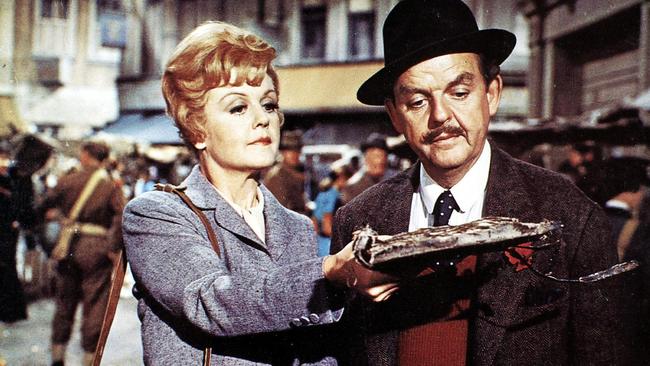
Good Angela, Bad Angela: no mystery who stole my heart
Whether she was a witch, a detective, a murderer or the mother from hell, Angela Lansbury captivated in all her roles.

Besotted and bespotted – a life enlivened by leopard print
Jenna Clarke plunged into the world and ethos of her adored, feisty (and possibly feline) grandmother.

How I fell head over heels – and heels over head – in love
Concussion, a busted wrist, broken foot, black eyes: nothing could deter Tim Douglas from pursing his first, one-wheeled love.

Country life made the new world home
During two years in Wee Waa, Rosemary Neill at last started to feel she was having a truly Australian childhood.
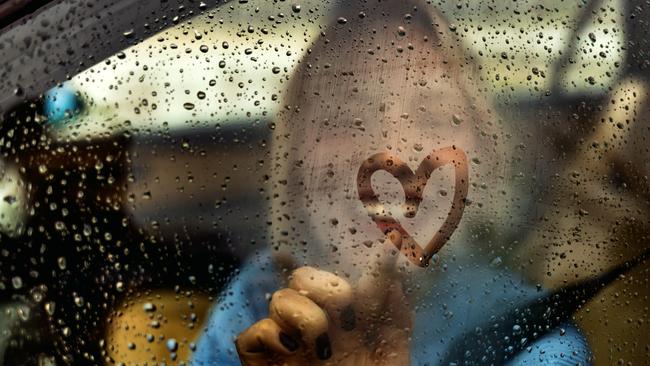
My heart was racing with love for a Bambina
She’s never loved a car as much since: Helen Trinca’s Fiat 500 was sheer chic and gave her the freedom she craved.
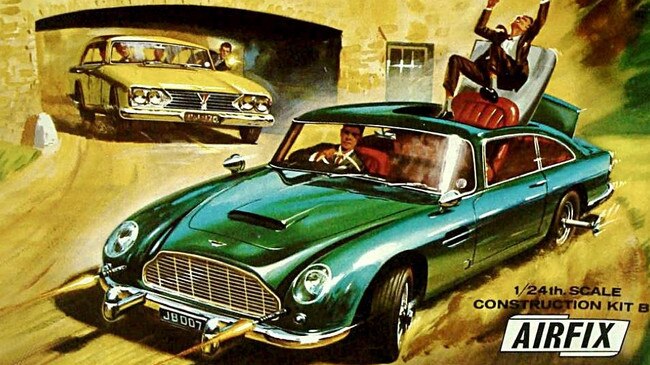
Life in plastic perfect for a model child
A childhood on the move meant frequent changes of locale and school, but the fascination with Airfix models was unchanging.
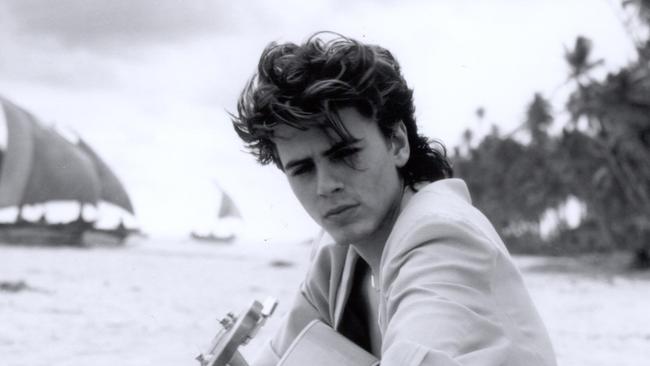
Dear John, sorry may not wash … but I do feel bad
A real-life encounter with a teenage fantasy crush was doomed to crash and burn.
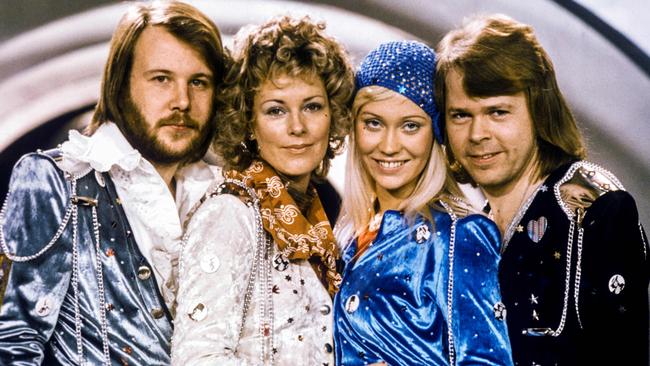
Mamma mia! Thank you for the music, Molly
ABBA’s arrival in mid-70s Australia was greeted with great excitement by the youngest of the Meagher boys.
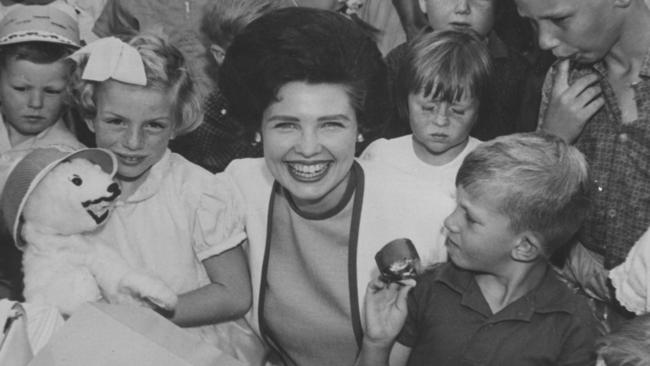
Blissful age when the girl next door was truly mine
Tom Dusevic and his first love bonded over toys, books, tea parties and Romper Room and shared a roof, but not a bed.
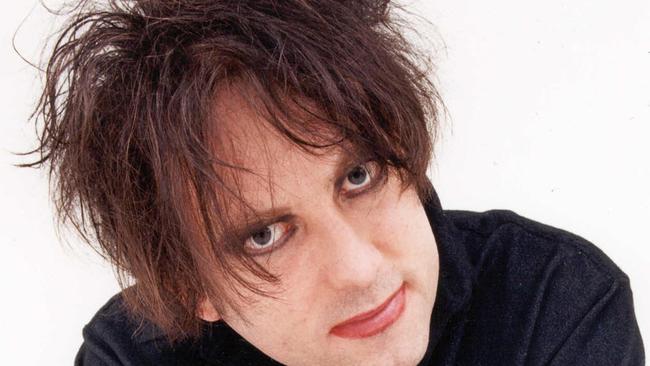
If music be the food of teen romance …
Geordie Gray was shy, but who needs Cupid when you have MSN Messenger on your side in pursuing love?
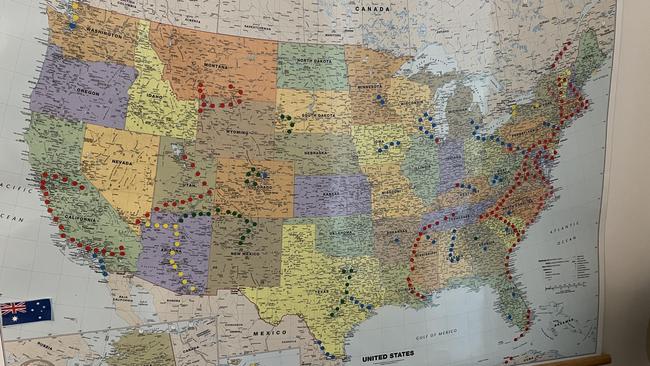
How I discovered just what lies under Minnesota
Laid up in bed, Cameron Stewart’s bored gaze fell upon the America wall map, and stuck. Decades later he is still looking.
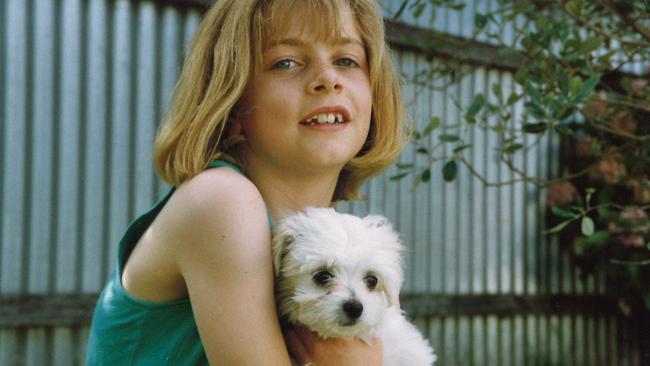
Rustling up true love
After cooking her way through childhood, school and university Bridget Cormack has found a love who shares her passion.
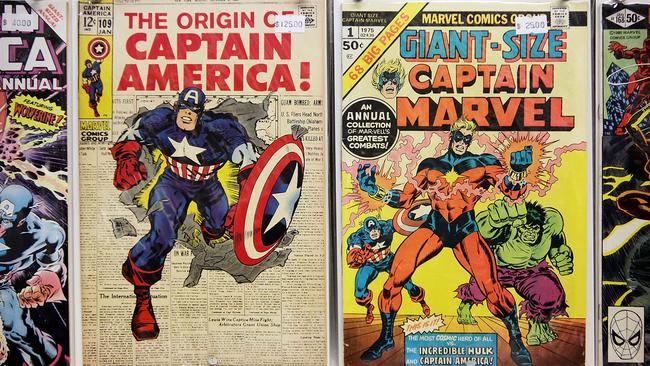
X-Men, Dr Strange, Wanda et al made me marvel at their marvellousness
In a world where TV was still monochrome, the vibrant colours of Marvel comics were almost as arresting as the heroes portrayed.
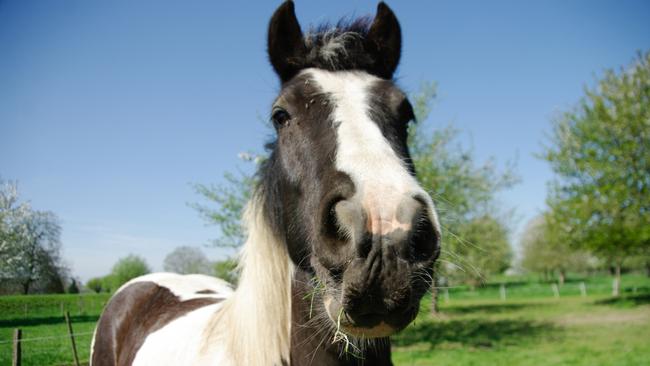
Pony tale full of feeling, captured at a gallop
An illicit equine affair kindled a passion for horses, but precipitated a painful family drama when all was at last revealed.
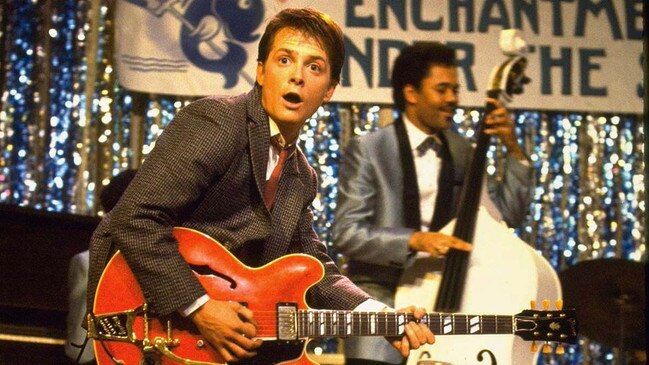
My first love was time-travelling Marty McFly
Trent Dalton leads our new series, in which our writers recall the poignant and funny moments of their early passions.

An old friend of note who waits faithfully for me
How Andrew McMillen re-discovered his first love after years of playing the field.
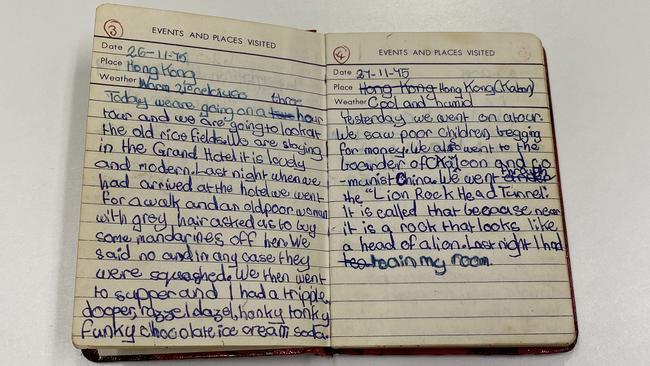
First-time flyer on long-distance date with destiny
Two kids left with their families on their first overseas flights, in the 1970s. Both wrote diaries, recording their excitement. What happened next?
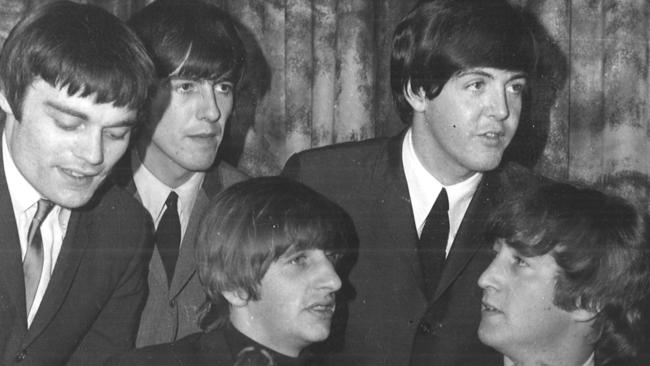
Crystal set radio was my ticket to ride
For a Melbourne-based boy who couldn’t wait to embrace the new 60s music, a crystal set radio was the ticket to ride.
No modern kid could possibly imagine how exciting colour super hero comics were to us as kids back in the mid-1960s. For a start, those were the days of black and white TV, long before personal computers, laptops, iPads or mobile phones. We seldom went to the movies so colour images of any kind were an arresting novelty.
How I swooned at Captain America’s acrobatics, at Hawkeye’s ability to shoot niftily armed arrows as he fell through the air, at the green swish of Quicksilver. Hawkeye was in purple, my favourite colour as a kid until an art teacher told me purple was pretty low class. And Wanda the Scarlet Witch in, you guessed it, scarlet.
I’d never seen such colour, drama and movement. Opening the comic was literally entering another world, a whole new dimension of consciousness and possibility. The nearest I’ve come to seeing that feeling described was in CS Lewis’s marvellous memoir, Surprised by Joy. He talks of a feeling beyond his experience, captivating and uplifting, an intellectual excitement that was physical in its intensity, which evoked profound longing and strange nostalgia. He described this as joy, and saw it finally as an intimation of the divine. He first felt this joy when he came upon Norse sagas as a boy.
It tells you something about the intellectual distance between Lewis and me that I got something like the same feeling from Marvel comics. I was already reading books, but only kids’ novels, Enid Blyton and the like. I’ve never had a very visual imagination. I like character and dialogue in novels, and Blyton’s stories – though they transported me well enough to the England of her schoolchild characters – didn’t do that much visually.
But Marvel comics were not just gorgeous, sumptuous and thrilling to look at. Even by 1965 they were spiced with quite adult wisecracks, black humour and all manner of modern ironies. I found them infinitely preferable to the DC comics – Superman and Batman – which seemed two-dimensional by comparison, inferior as art and as literature, so to speak.
I grew devoted to the Marvel universe and read all the comics I could get – Fantastic Four, Hulk, Thor, Silver Surfer, Daredevil, Spider-Man, Ironman and the rest. I quickly settled on the X-Men and Dr Strange as my favourites. The X-Men were led by the cerebral, crippled Dr Xavier, oddly enough the most faithfully rendered figure from the comics in the Marvel movies, where Patrick Stewart is perfect in the role.
Dr Strange himself was pretty cerebral. He cast his spells from his hand as though they were bolts of power, often deflected or overcome by the dark powers. In more modern hands, Dr Strange would be either overtly occult, or entirely anaemic, as he is in the hugely disappointing Dr Strange movies, where they’ve made his character, though played by Benedict Cumberbatch, a poor man’s Tony Stark as interpreted by Robert Downey Jr in the Ironman films. A lot of the Marvel heroes were champions of the wisecrack, but not Dr Strange.

Xavier and Strange were enduringly popular, even though they were not the most violent or cinematic of the heroes. I suspect this is because super hero comics are really designed for geeks and nerds among kids, rather than sportsmen. Indeed, there is often a kind of geek fantasy wish fulfilment among the super heroes, many of whom are themselves transformed from geeks into all-conquering heroes by, typically, radiation, some unique drug or chemical treatment, cosmic rays, or some such.
The Marvel comics did have a serious theoretical and reflective side. Each comic contained a couple of pages of correspondence and questions answered at the back. These were often quite technical in their way – remember they mostly involved adolescent and pre-adolescent boys – and answered in full seriousness by the comics’ producers.
There were often esoteric bits of scientific information. Marvel was also brilliant at borrowing from other richly imagined worlds. In one comic I read, a villain appeared from the Lord of the Rings. It may have been Sauron himself, or perhaps one of the Nazgul. Forgive my imprecision here. I am writing from memory and first read the comic in question well over 50 years ago.
That in itself tells you something of how vividly it lodged in my mind. I loved all these comics and collected them devotedly. They taught me a central truth of life: there are strange and compelling worlds out there, waiting to be explored: Avengers … Assemble!
Greg Sheridan is foreign editor at The Australian.


To join the conversation, please log in. Don't have an account? Register
Join the conversation, you are commenting as Logout